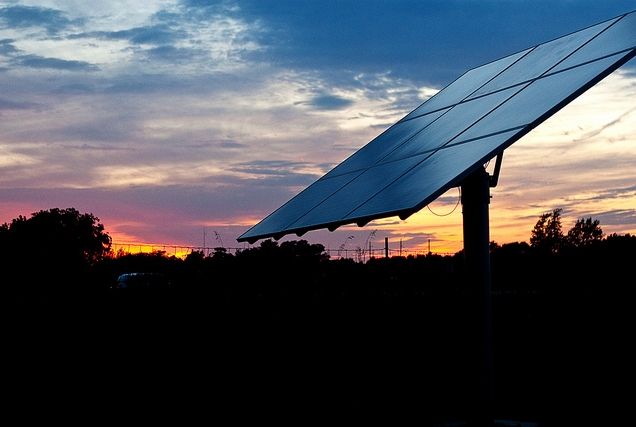Using the power of nano to solar power our homes at night.
MIT researchers have built a new experimental solar cell which could greatly enhance power efficiency. The “Shockley-Queisser’ limit is the estimated maximum efficiency of a solar cell, which is commonly about 32%; that means almost 70% of energy is wasted in the form of heat.
One way to reduce energy loss is by stacking cells. However if sunlight could be turned into heat and then be re-emitted as light, the solar cells could utilize more energy. Solar cells work best with visible light which occurs midway of the radiation spectrum. As a result the radiations with shorter and greater wavelengths usually go to waste.
The researchers at MIT have developed a structure of carbon nano-tubes that will function between the sun and solar cell. These carbon nano-tubes are very good absorbents of light (all types of radiation) and convert it to heat; heat is easier to store unlike light.
